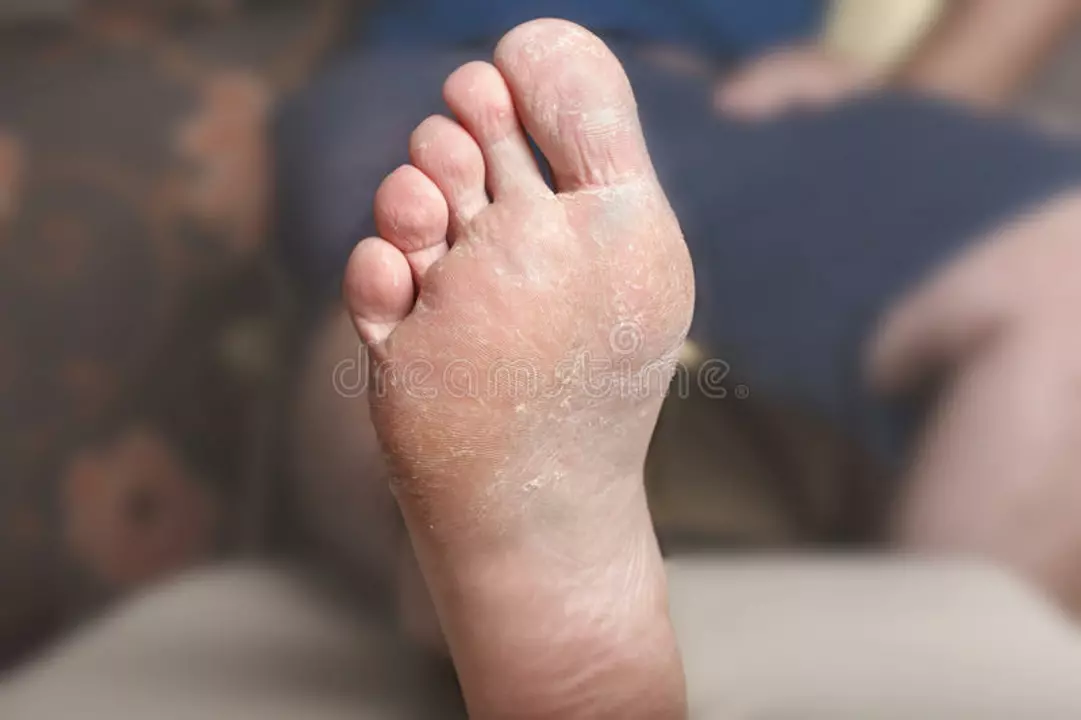Hands: Simple ways to protect them, reduce pain, and stay functional
Hands do so much every day. They type, lift, hold, comfort — and they get worn out. If your hands ache, your skin cracks, or you keep getting small injuries, this page gives clear, useful steps you can use right away.
Quick fixes and first aid for common hand problems
Cut or scrape? Rinse with clean water, press with a cloth to stop bleeding, and cover with a sterile bandage. If the cut is deep, won’t stop bleeding, or you can see bone/tendon, get medical help fast. Dirty puncture wounds: consider a tetanus booster if your last shot was over 5 years ago and see a clinician.
Swelling after a sprain or strike: stop the activity, apply ice for 15–20 minutes every hour for the first day, then elevate the hand. For sharp, sudden pain or visible deformity, go to urgent care — broken bones need X-rays and proper splints.
Signs of infection: increasing redness, warmth, spreading streaks, fever, or pus. These need prompt medical attention and sometimes antibiotics. Don’t squeeze or try to lance an infection yourself.
Daily care, skin tips, and small treatments that help
Dry, cracked skin responds well to regular moisturizing. Use an unscented, thick cream after washing hands and at night. Avoid hot water for long soaks — it strips natural oils. Wear gloves when cleaning, gardening, or using solvents.
Nail care: trim straight across and don’t cut into the corners. If you notice persistent redness, pain, or drainage near a nail, it could be an infection or ingrown nail — see a clinician.
Wrist and finger aches: start with rest, ice for inflamed spots, and over-the-counter pain relievers if you can take them safely. Topical NSAID gels can ease localized pain without systemic side effects. If pain lasts more than a few weeks, gets worse, or you have numbness or weakness, see your doctor. Conditions like carpal tunnel and arthritis respond better to early treatment.
Simple exercises to keep strength and motion: finger taps (touch each fingertip to your thumb), squeeze a soft ball for grip strength, and tendon gliding moves (straight hand, then hook fist, then full fist). Do these gently 2–3 times daily. If an exercise increases sharp pain, stop and ask a physiotherapist.
Ergonomics matter. Keep keyboards and tools at a neutral wrist angle, take short breaks every 30–60 minutes, and use tools with larger grips to reduce strain. Small changes at work often cut pain and prevent long-term problems.
When to see a doctor: persistent or worsening pain, numbness, signs of infection, visible deformity after injury, or loss of function. For chronic conditions like rheumatoid arthritis, early specialist care changes outcomes.
If you want more specific guides — medications, injections, or therapy options — check related articles on our site or talk to your healthcare provider. Your hands are worth the few minutes of care they need each day.

